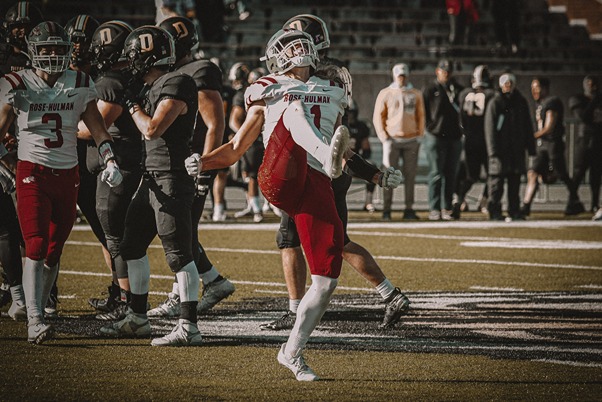
Positions On A Football Field
Written By: Gridiron Elite Training

Positions On A Football Field
Written By: Gridiron Elite Training
In the world of sports, few games have captivated audiences like American football. The exhilarating, fast-paced nature of the game keeps fans on the edge of their seats, while the unique combination of strategy, athleticism, and teamwork makes it a true spectacle. As with any team sport, the success of a football team relies heavily on the players and their respective positions on the field.
This article will dive into the most important positions for football, why they matter, and help you answer the question, “What football position should I play?”
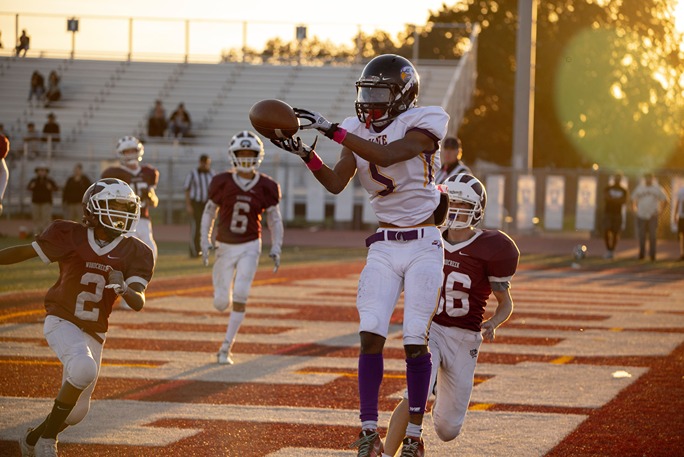
Understanding the Positions on a Football Field
To grasp the importance of positions for football, one must first understand the layout of a football field and the roles of the players. A football team is typically made up of 11 players on the field at any given time. These players are divided into three main units: the offense, the defense, and special teams. Within these units, players are assigned specific positions, each with its own unique responsibilities and skill requirements.
The Offensive Positions For Football
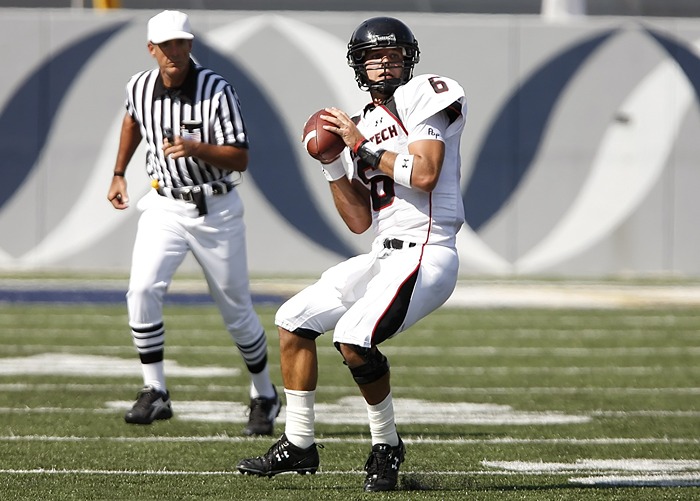
The offense is responsible for scoring points by advancing the ball down the field and crossing into the opponent’s end zone. The key offensive positions include:
- Quarterback (QB) – Name a position in American football that is more iconic than the quarterback. As the leader of the offense, the QB calls the plays and is responsible for passing the ball to his teammates or handing it off to a running back. A good quarterback must possess strong leadership skills, quick decision-making abilities, and an accurate arm for throwing.
- Running Back (RB) – The primary ball carrier for the offense, the running back is responsible for running the ball down the field or catching short passes. Running backs need exceptional agility, speed, and vision to find gaps in the defense and break free for big gains.
- Wide Receiver (WR) – Charged with catching passes from the quarterback, wide receivers must be fast and agile, with great hands and an understanding of the team’s playbook. They must also be able to run precise routes to create separation from defenders.
- Tight End (TE) – A hybrid position that combines the responsibilities of a wide receiver and an offensive lineman, tight ends are responsible for both blocking and catching passes. They need to be strong, athletic, and possess good hands for catching the ball.
- Offensive Line (OL) – Comprising the center, guards, and tackles, the offensive line’s primary responsibility is to protect the quarterback and create running lanes for the running back. These players are typically the largest on the team, using their size and strength to overpower defenders.
The Defensive Positions For Football
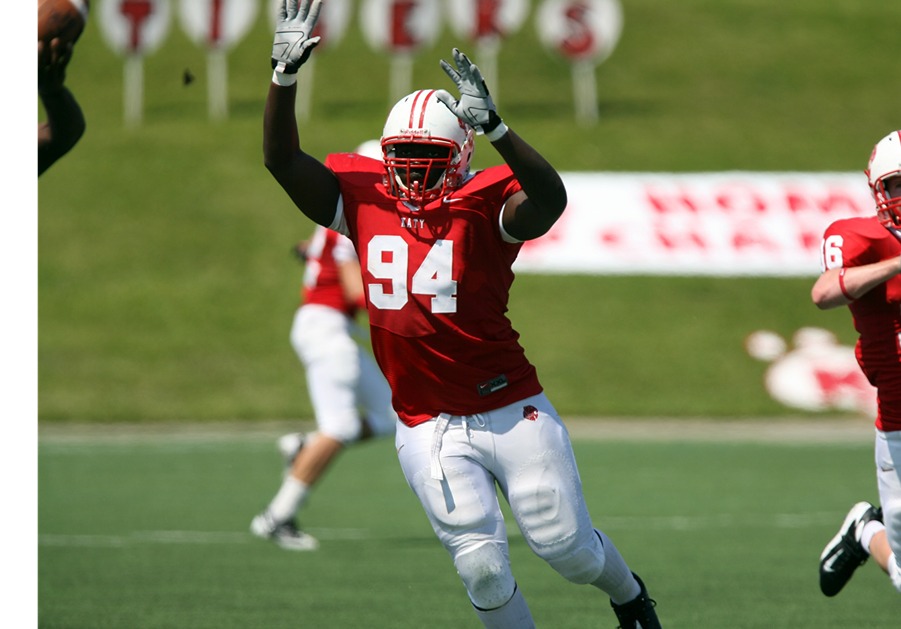
The defense’s objective is to stop the opposing team’s offense from scoring points. The key defensive positions include:
- Defensive Line (DL) – Consisting of defensive tackles and defensive ends, the defensive line’s primary responsibility is to stop the run and pressure the opposing quarterback. These players need to be strong, agile, and able to shed blocks from offensive linemen.
- Linebacker (LB) – Positioned behind the defensive line, linebackers are responsible for tackling ball carriers, defending against the pass, and pressuring the quarterback. Linebackers need to be versatile, athletic, and possess strong tackling skills.
- Cornerback (CB) – Tasked with covering wide receivers and defending against the pass, cornerbacks must be fast, agile, and have excellent ball skills to break up or intercept passes.
- Safety (S) – The last line of defense, safeties are responsible for helping cornerbacks cover wide receivers and supporting the run defense. They must be versatile, athletic, and possess strong tackling and ball-hawking abilities.
Special Teams Positions For Football

Special teams play a crucial role in the outcome of a game, as they are responsible for kicking, punting, and returning the ball. The key special teams positions include:
- Kicker (K) – Responsible for kicking field goals, extra points, and handling kickoffs, kickers need to have a strong and accurate leg. Their ability to consistently score points can make a significant difference in close games.
- Punter (P) – Tasked with punting the ball down the field when the offense fails to achieve a first down, punters must possess a strong leg and excellent directional kicking skills. A good punter can help flip field position, putting the opposing offense at a disadvantage.
- Return Specialist (RS) – Charged with returning kickoffs and punts, return specialists need to be fast, agile, and possess excellent vision to find gaps in the opposing coverage. A skilled return specialist can provide a significant boost to their team’s field position and even score touchdowns on occasion.
- Long Snapper (LS) – A specialized position responsible for accurately snapping the ball to the holder for field goals and extra points, or to the punter for punts. The long snapper must have precise snapping skills and be able to block after the snap.
What Football Position Should I Play?
Now that you have a better understanding of the various positions on a football field, you may be wondering, “What football position should I play?” The answer to this question depends on your physical attributes, skills, and personal preferences.
For example, if you have a strong and accurate arm, excellent decision-making skills, and natural leadership qualities, you may be well-suited for the quarterback position. On the other hand, if you are fast, agile, and have great hands, you might excel as a wide receiver or cornerback. If you possess exceptional strength and size, you may find success as an offensive or defensive lineman.
Concluding The Breakdown Of Positions On A Football Field
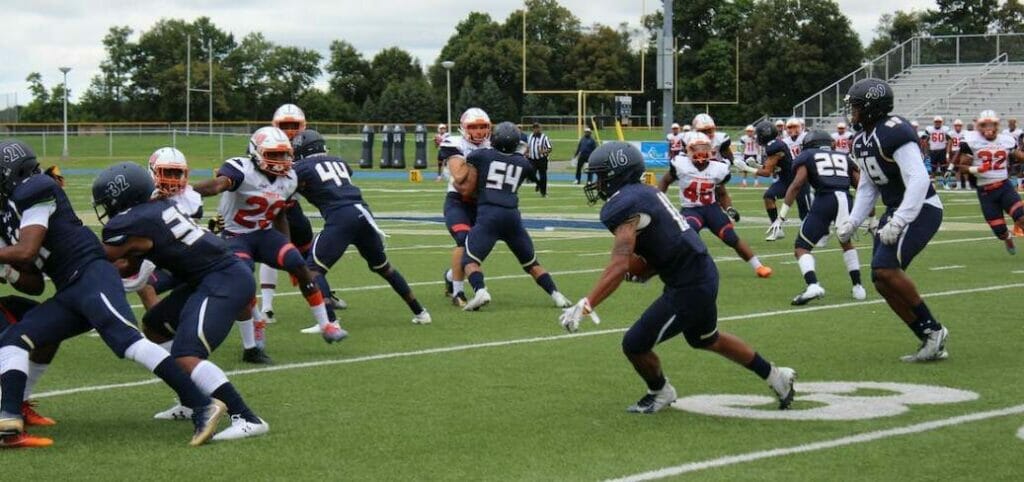
In conclusion, each position in football plays a vital role in determining the success of a team. By understanding the responsibilities and skill sets required for each position, you can better appreciate the intricacies of the game and determine which position best suits your abilities.
Whether you’re a casual fan, an aspiring player, or a seasoned veteran, having a deeper knowledge of the most important positions for football will undoubtedly enhance your love for the game.
Subscribe To Get Updates On Newly Released Articles
Don't forget to share this post!
Continue Reading More Football Recruiting Tips Below
Related Articles

5 Keys to the College Football Recruiting Process
If you are a high school football player, it’s easy to get lost in the college football recruiting process. This article will break down key stages of the recruiting process.
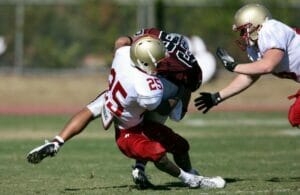
Junior College Football Recruiting
If you’re thinking about playing college football, read this article for quick tips on the process of juco college football recruiting.
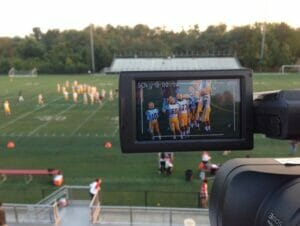
Complete Guide to Football Recruiting Rankings
Find out why football recruiting rankings are important, where they come from, what they mean and how they affect your recruiting strategy.

Gridiron Elite Training was started to help educate and provide football players with a community to receive proper training and guidance.
We created “The Gridiron Elite Academy” which is an online football performance network that provides football players of all levels with sports performance workout programs, football position-specific drills, mindset coaching, mental toughness training, recruiting guidance and help, and nutrition programs.


